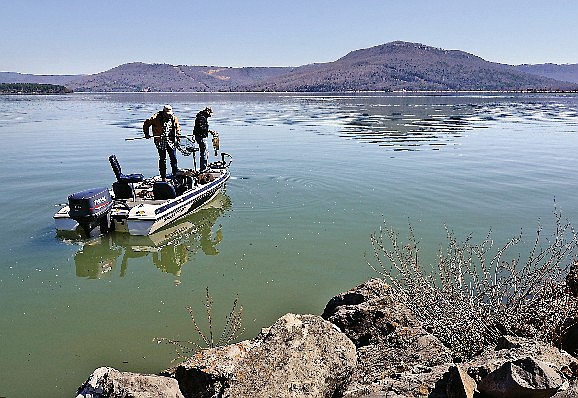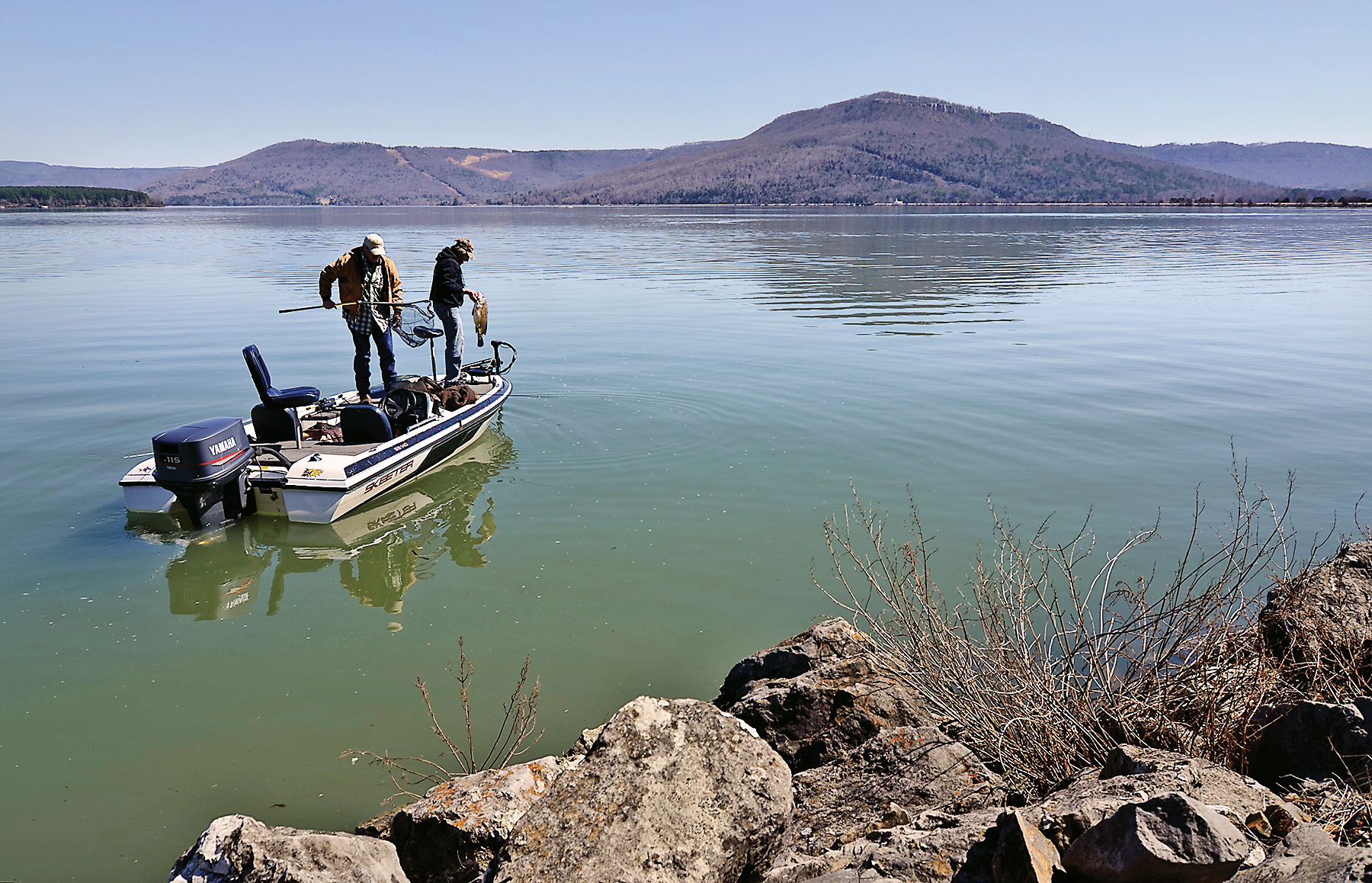WHAT THEY FOUNDBelow are the 13 pharmaceutical chemicals found in the upper Tennessee River, their classification and the frequency of detection in 160 sample points.• Caffeine - stimulant - 92.2 percent• Sulfamethoxazole - antibiotic - 85.9 percent• Carbamazepine - anticonvulsant- 79.7 percent• Trimethoprim - antibiotic - 32.0 percent• Acetaminophen - analgesic - 13.3 percent• Diltiazem - calcium channel blocker - 10.2 percent• Ciprofloxacin - antibiotic - 10.2 percent• Levofloxacin - antibiotic - 6.3 percent• Atorvastatin - statin - 4.7 percent• Lovastatin - statin - 3.1 percent• Sertraline - antidepressant - 2.3 percent• Fluoxetine - antidepressant - 1.6 percentSource: Sean Richards, UTC
A UTC professor who spent years collecting and analyzing samples of Tennessee River water between Chattanooga and Knoxville says researchers need to keep an eye on the amount of prescription drugs that make it into the river.
Sean Richards, professor of biological and environmental sciences at the University of Tennessee at Chattanooga, said he and a team of researchers found trace amounts of 13 human pharmaceuticals in every one of 160 sample points along the river. And as the population grows, those concentrations are only going to get bigger.
Richards said about 24,000 unique pharmaceuticals are used regularly in the United States, but they contain about 3,400 specific active ingredients, or core chemicals - the acetaminophen in Tylenol or the fluoxetine in Prozac.
For his study, he looked only for 14 active ingredients in various painkillers, fever reducers, histamine blockers and other classifications of drugs.
He didn't find high concentrations, but he found that some chemicals - such as caffeine - are pervasive.
The concentrations are not dangerous to people, but there isn't enough science yet to determine whether the drugs are harmful to the environment.
"After 14 years of this line of research I've learned that first, really high concentrations [of most chemicals] can have a negative effect. Two aspirin will kill your headache, and 200 aspirin will kill you," Richards said. "The thing that worries me is we are constantly putting these things in the environment. The environment isn't getting a break."
Virtually every pill a resident takes ends up in the river, he said.
The human body works to make food water soluble, but prescription drugs already are. They go in, and come out, he said. Sewage treatment plants are designed to weed out fat-soluble compounds, so the prescription chemicals flow right through to the river with treated water.
Richards said added filtration systems at the treatment level could remove virtually all the chemicals, but those can be expensive.
"With activated carbon filters - like a Brita filter - we could get every bit of it out. It can be done, but it's not sexy for a politician to say we are going to spend $100,000 on the sewage treatment plant."
Renée Hoyos, executive director of the Tennessee Clean Water Network, said her organization doesn't have a pharmaceuticals division - largely because no regulator does.
"We've had a concern, but we are an organization that deals a lot with existing or potentially changing regulations," Hoyos said.
In this instance, regulators are "playing the blame game," Hoyos said. But she can understand why.
"This is really tough, because how do you regulate it, and who do you regulate?" she said.
It's unreasonable to ask people not to take medicine - or not to go to the bathroom - but proposed cuts to sewage treatment funds make it difficult to tell plant operators to improve their filtration as well.
President Barack Obama's proposed budget includes "significant cuts" to a revolving federal fund for sewage treatment, she said.
Making sewage treatment plants across the country add complex filtration systems would be costly. And while it may seem scary that secondhand drugs are in the river, there isn't enough research to show the impacts on human health or the environment, Hoyos said.
"[Sewage treatment plants] would argue that they don't really know what's happening to things in the environment. There has to be a cause and effect, or you are going to get many lawsuits. It's a sticky issue," Hoyos said.
Contact staff writer Louie Brogdon at lbrogdon@timesfreepress.com or 423-757-6481.

